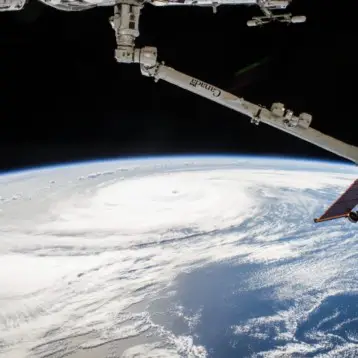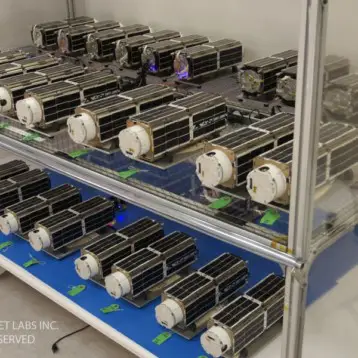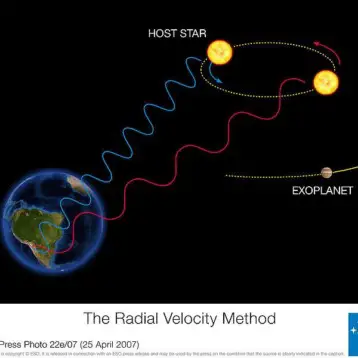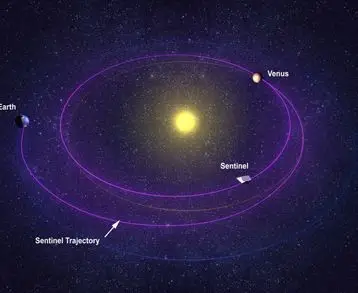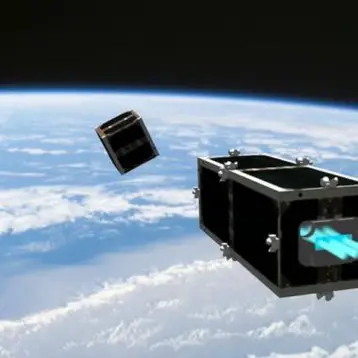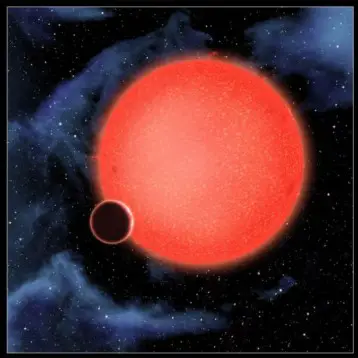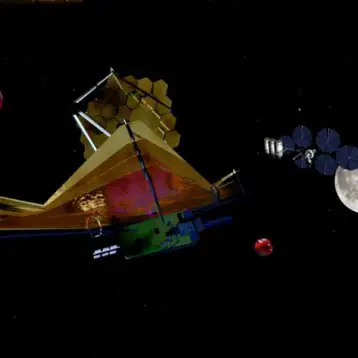|
NASA scientists say they have adapted a strategy to follow the water traces on the planet, hoping they will provide the answer to the longstanding questions about the Martian environment. Phoenix has landed in a region that has water ice in soil close to the planet’s surface. Ice was discovered by NASA’s Mars Odyssey orbiter in both the north and south hemispheres of Mars. The spacecraft is scheduled to dig a few centimeters into the icy layer, examining the soil at various depths and collecting samples for analysis by its onboard instruments. Phoenix has a lengthy “to-do-list” on the planet – in one of the experiments it will check for water and carbon-containing compounds by heating soil samples in tiny ovens and examining the emitting vapors. In another, water will be added soil samples and the dissolution products will be analyzed. The Phoenix will also examine how salty, acidic, or alkaline the different soil layers are. It will also assess other types of chemicals, such as sulfates, which could be an energy source for microbes.
According to NASA, the Phoenix has three main goals: “…to study the history of water in all its phases, determine if the planet’s arctic soil could support life, and study the Martian weather from a polar perspective.” The agency hopes to gain more insight into the “raw ingredients of life” that are believed to be present on Mars. Organic compounds are molecules that include carbon and hydrogen, which are considered essential for life as we know it. NASA scientists have previously suggested a theory, according to which meteorites raining onto Mars delivered organic compounds to the planet, much in the same way it seems to have occurred on Earth, where organic compound–carrying meteorites were found. “Phoenix will investigate a hypothesis that some ice in the soil of the landing site may become unfrozen and biologically available at times during the warmer parts of long-period climate cycles. Life might persist in some type of dormant microbial form for millions of years between thaws, if other conditions were right.”
|
Phoenix is equipped with multiple cameras, microscopes, and seven other instruments to assist it in its explorations. Among the instruments is a robotic arm, which allows the spacecraft to handle various tools and to extract soil samples from the depths of the rough Martian terrain – up to about half a meter deep. The spacecraft also carries a “surface stereo imager”, which records panoramic views of the planet, capturing images from a pole mounted on top of the Phoenix. These images will be used to determine the optimal course for the space rover, and to determine favorable digging spots. Additionally, the Phoenix carries a meteorological station, which continuously tracks the surrounding weather conditions through a number of temperature and pressure sensors. The meteorological measurements are expected to shed some light on the Martian seasonal water cycles, affecting the ice on the ground and water vapor in the planet’s atmosphere.
TFOT has previously covered the Phoenix mission in detail, in an article entitled “The Rise of The Phoenix“, which includes an interview with NASA Scientist Dr. Chris McKay. Earlier this year, we followed NASA’s launch of the “Atlantis” Space Shuttle. In 2007, TFOT covered the “Discovery” Space Shuttle launch, and NASA’s Dawn Spacecraft, which in late September, 2007 set out on a decade long mission that will take it deep inside the asteroid belt between Mars and Jupiter.
More information on the Mars Phoenix Lander can be found on NASA’s website.



